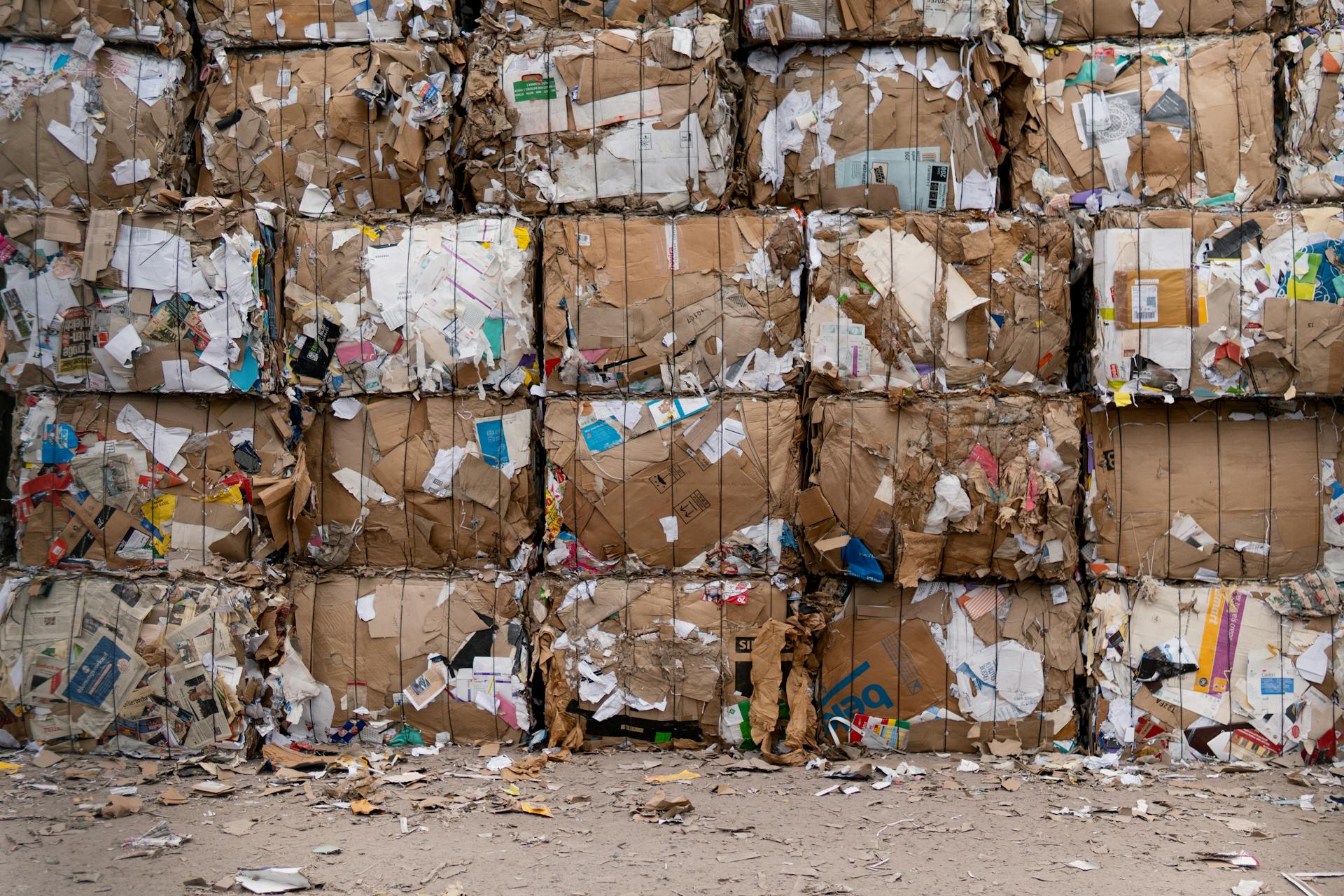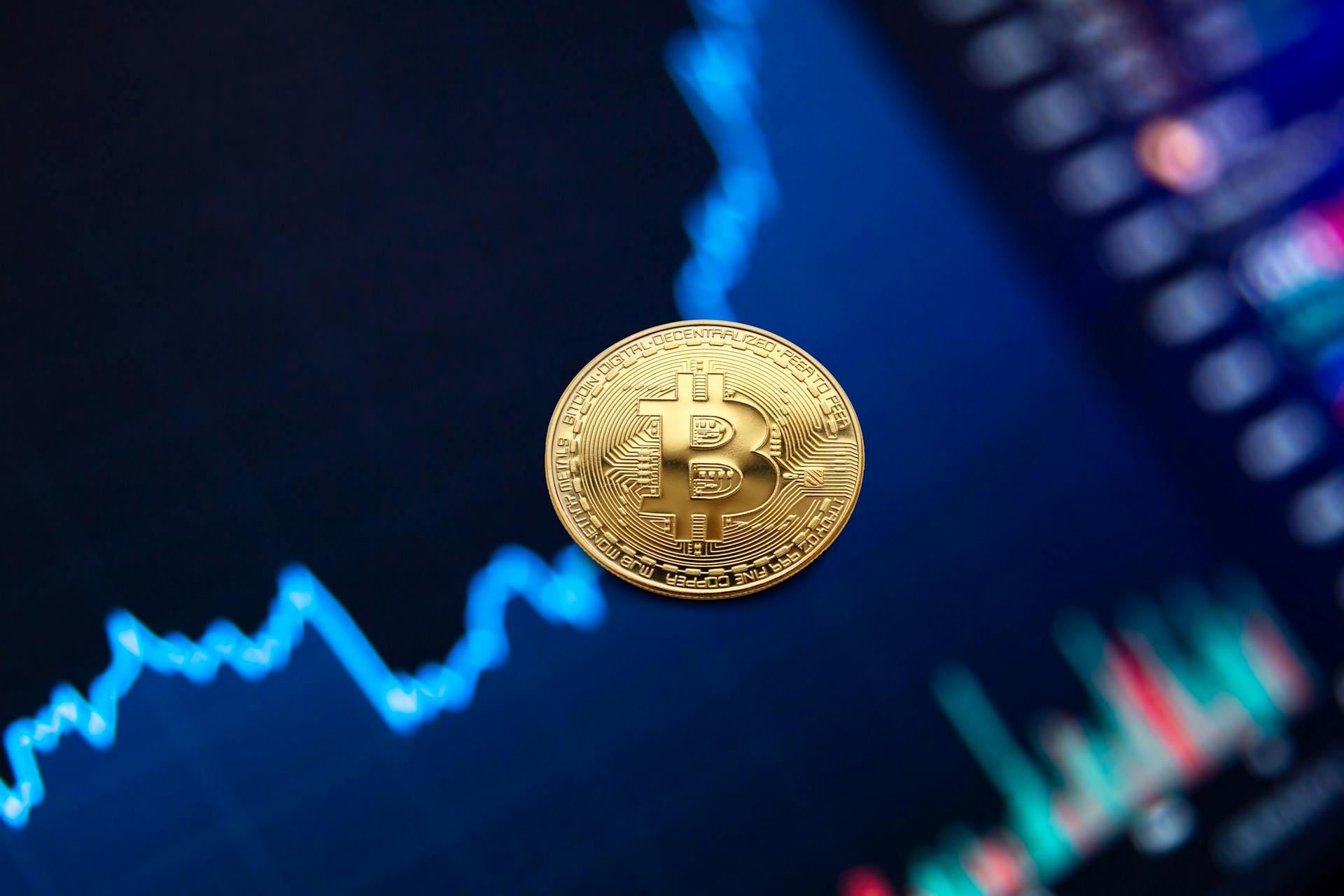
Electronic waste, or e-waste for short, is a growing concern for our environment. With the increasing number of electronic devices being used every day, it's important to understand how to dispose of this type of waste properly. Many people don't know that electronic waste can be hazardous to our health and the environment if not disposed of correctly.
Understanding e-waste and how to manage it responsibly is crucial for protecting our planet from harmful pollution. E-waste consists of all kinds of electronic devices, including televisions, computers, laptops, smartphones, and gaming consoles that are no longer in use. These electronic devices contain toxic substances such as lead and mercury that can contaminate soil and water if not disposed of correctly. Therefore, it's essential to learn how to recycle electronic waste properly to keep these harmful chemicals out of landfills and protect our environment.
Here's an interesting read: So What Is Zero Waste
Dispose of Electronic Waste Properly: Understanding E-waste

We all have a love affair with the latest smartphone, computer or laptop release from companies every year. But what happens when we no longer need them? The nasty side effect of our tech obsession is electronic waste or e-waste, which includes smartphones, computers, laptops, heaters, fans, cords, cables, batteries, printers, smartwatches, televisions, microwaves and cell phones. E-waste consists of discarded electronic products that eventually force us to deal with frustrating e-waste.
Unfortunately, e-waste is not just an eyesore in your garage heading to the landfill. It contains hazardous materials including lead, cadmium, mercury chromium and brominated flame-retardants. These toxic chemicals leach into the soil and water systems from landfills where they end up. Even tiny traces of these dangerous materials can put human health and the environment at risk.
The good news is that we can recycle e-waste properly by contacting our local municipality or companies that collect unwanted e-waste to ensure it's recycled responsibly. In fact, e-waste has valuable metals that can be reused if recycled correctly. By recycling e-waste instead of sending it to landfills or incineration plants and burning it off into the atmosphere – we can reduce pollution while conserving natural resources.
Discover Five Highly Effective Ways to Dispose of Waste
Proper disposal of solid waste is important for the environment and our health. There are various forms including composting, burning, burying, and more. One of the most popular methods is composting which is a natural way to break down waste and turn it into nutrient-rich soil. Another effective method is reducing greenhouse gases by not burning waste as this can contribute to air pollution. In rural areas where garbage systems are limited, burying waste at a safe distance from water sources is also an option.
1. Start by Separating Your Waste
Proper waste disposal is essential for maintaining a healthy environment. It includes organic, non-organic, and hazardous waste. The first step in proper waste disposal is to separate your waste according to its type.
Recyclable materials should be separated from non-recyclable materials, and organic waste should be separated from hazardous waste. Separating your waste not only helps with proper disposal but also makes it easier for recycling facilities to process recyclable materials efficiently. By separating your waste, you can contribute to reducing the amount of trash that ends up in landfills and help protect our planet.
2. Choose the Right Disposal Method
One of the most important aspects of proper waste management is choosing the right disposal method. Once you've separated your waste into organic and non-organic materials, you'll need to dispose of them accordingly. Organic waste such as food scraps and yard trimmings can be placed in a green bin for composting, while non-organic materials like plastic packaging and paper products can be recycled.
It's also important to properly dispose of any hazardous materials you may have, such as paint or motor oil. These items should never be thrown in the trash or poured down the drain. Instead, they should be taken to a hazardous waste collection site where they can be recycled or disposed of safely. By taking these steps and choosing the right disposal method, we can all do our part to reduce waste and protect the environment.
3. Decompose of trash
Decomposing of trash is a critical aspect of waste management. It involves breaking down waste so that it can be easily disposed of and not cause any harm to the environment. When human waste is not decomposed properly, it can release harmful bacteria into the environment, posing a serious risk to public health.
To decompose trash, there are several methods that can be used, such as composting and anaerobic digestion. These methods help break down organic waste into useful soil amendments and energy sources. Properly decomposing trash helps keep our environment clean and healthy for future generations to come.
4. Consider the Impact of Your Waste
When it comes to waste disposal, it's essential to think about the impact of your actions. From the products you've selected to the proper trash dumping method, there are many ways to reduce waste and protect the environment. One way to make a positive impact is by reducing your use of plastic bottles. These items often end up in landfills or our oceans, where they can take hundreds of years to decompose.
Another crucial aspect of responsible waste management is avoiding dumping hazardous materials like paint and motor oil into drains or trash cans. These substances can harm wildlife and pollute waterways, so it's crucial to dispose of them safely. Following the proper trash dumping method ensures that these materials are handled correctly and kept out of harm's way. By taking these simple steps, you can help minimize your impact on the environment and make a positive difference for future generations.
5. Research the Best Disposal Options
When it comes to waste disposal, it is important to be environmentally conscious and make sure that everything is properly removed. The best disposal options vary depending on the type of waste being discarded. For example, hazardous or harmful items taking up space in your home should not be thrown in the trash. It's important to properly discard chemicals, batteries, and electronics at designated drop-off locations to prevent harm to the environment. By taking these extra steps, you are doing your part to protect our planet for future generations.
Discover if Your Electronic Waste is Being Properly Recycled

Properly disposing of electronic waste can be complicated in Canada, where not all hazardous materials are banned from landfills. However, many African nations have passed the Bamako Convention, prohibiting hazardous waste including radioactive waste companies from polluting landfills or leaving hazardous waste exposed. To ensure your e-waste is being properly recycled, it's important to understand the regulations in your area.
Donating computers to impoverished communities recycling sounds like a great solution to avoid polluting landfills. But did you know that some recycling methods used in developing countries means burning circuit boards and soaking microchips? Burning plastics means poisoning people and their environment. The Basel Action Network recommends using certified e-waste recyclers who must comply with environmental regulations and guidelines.
Extended Producer Responsibility (EPR) models such as the Product Stewardship Program (PSP) explained by Stewardship Ontario, describes the comprehensive responsibility for Ontario producers, importers, brand owners to manage their products' environmental impact. The EPR model extends throughout the entire product management lifecycle, encompassing waste reduction, recovery, and recycling – called cradle-to-grave product management. This means managing a product's life from raw material extraction through materials processing to manufacture, distribution, maintenance and disposal ensuring proper recycling methods for electronic waste.
1. Recycle or donate your electronics
Recycling or donating your electronics is a pretty easy way to deal with e-waste properly. E-waste problems are a growing problem in our digital age, and there are great solutions out there for dealing with end-of-life electronics in an environmentally sound manner. In Canada, the Electronic Recycling Association (ERA) is an industry-led not-for-profit organization that operates regulated recycling programs. This ensures that your electronics are disposed of in a safe, secure, and environmentally sound manner. You can easily find drop-off locations through their website and have peace of mind knowing that you're doing a great job at preventing operational equipment from premature destruction.
The ERA also offers a unique opportunity for people to donate their working electronics through their reuse program. Working electronics can be refurbished and given to people who may not have access to technology otherwise. Additionally, donated phones receive a tax receipt for the donor. The ERA's mission is to empower people by providing access to technology and reducing e-waste by extending the life of electronics through refurbishing and donation programs. Other grassroots organizations like the Restart Project run regular "restart parties" where they teach people how to fix their own electronics and promote repair over replacement. Take-back programs from companies like Apple also offer simple solutions for proper disposal of old electronics, so we can all do our part in reducing toxic nuggets in landfills.
2. Resell your old electronics
One way to properly dispose of old electronics is by reselling them. Many tech companies like Trademore, Gazelle, Apple Trade-in, and Decluttr offer buyback programs for your old devices. Additionally, websites like OfferUp, eBay, Facebook Marketplace, and Amazon allow you to sell your electronics to others who may want them.
But what about broken electronics? Don't worry — there are still options for you. Companies like Beagle Brain and Sell Broke specialize in buying broken electronics for refurbishing or recycling. And even if they can't be refurbished, many take-back programs exist where you can properly dispose of the device without harming the environment. So don't just throw away your old electronics – consider reselling or recycling them instead!
Frequently Asked Questions
How to recycle electronics safely?
To recycle electronics safely, find an e-waste recycling center near you and drop off your devices there. Make sure to erase all personal data from the device before recycling.
How to properly dispose of electronic waste?
Electronic waste should be disposed of through a certified e-waste recycling program or service. These services will safely and responsibly dispose of the electronics, ensuring that any hazardous materials are properly handled and not released into the environment.
Where can you take old electronics?
Old electronics can be taken to electronic waste recycling centers or drop-off locations, where they can be properly disposed of and recycled.
What are the different ways to recycle?
Some common ways to recycle include curbside recycling, drop-off centers, and composting. Recycling helps to reduce waste, conserve resources, and protect the environment.
Featured Images: pexels.com


